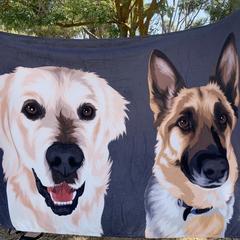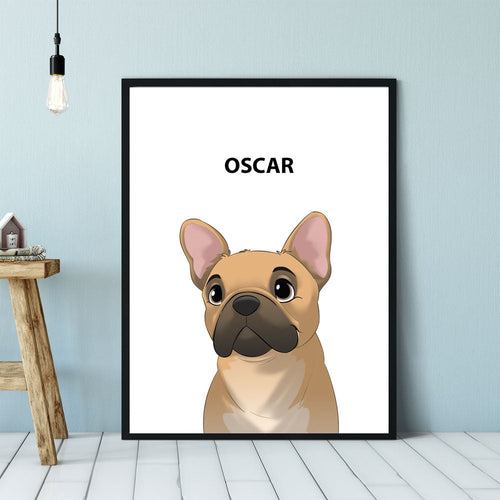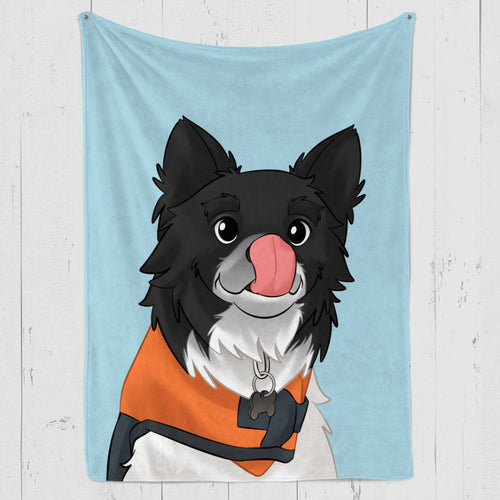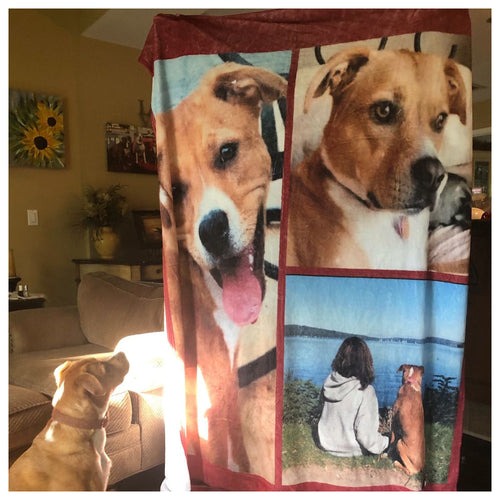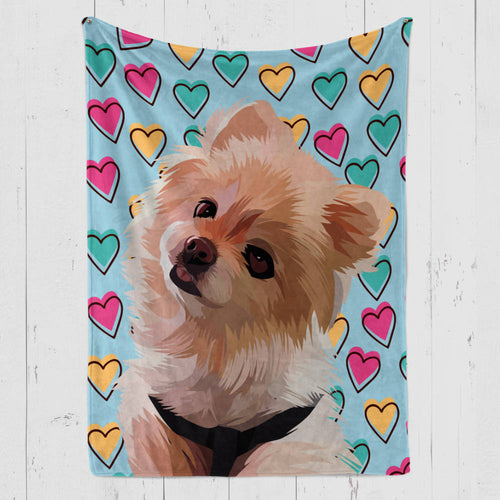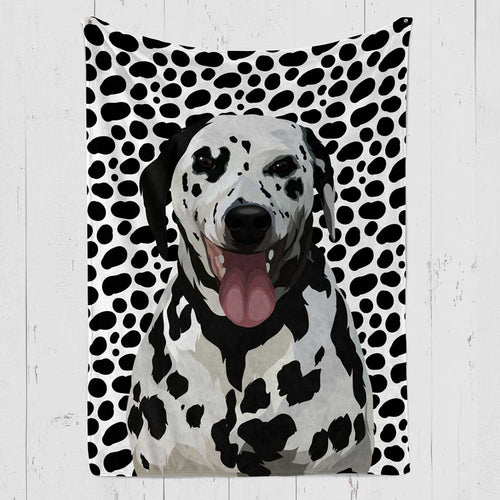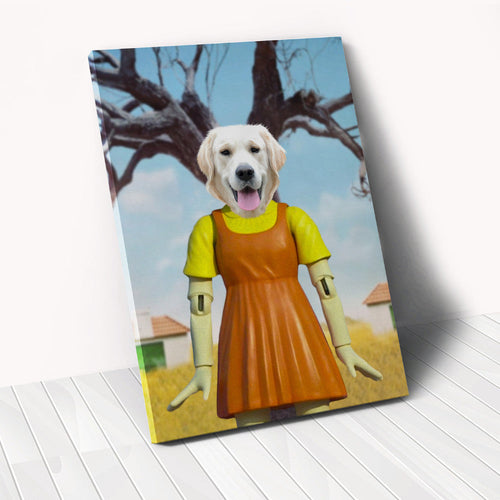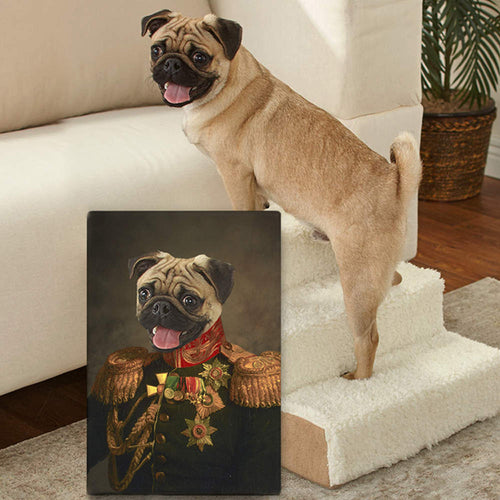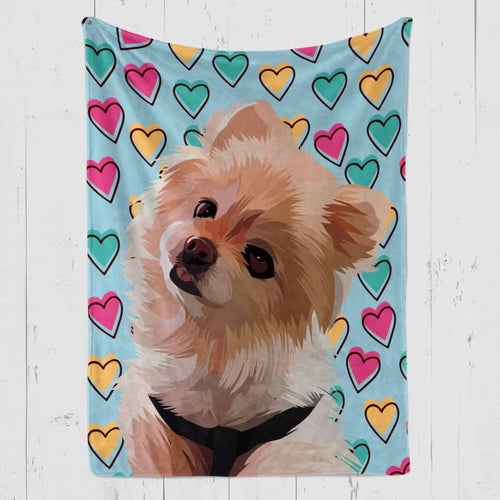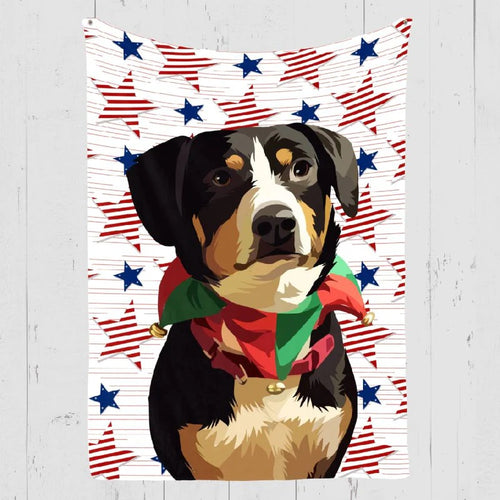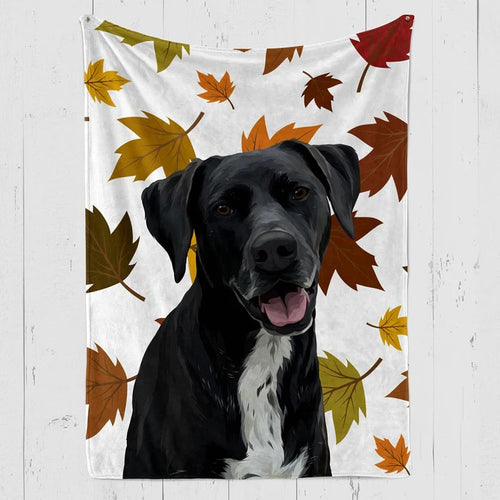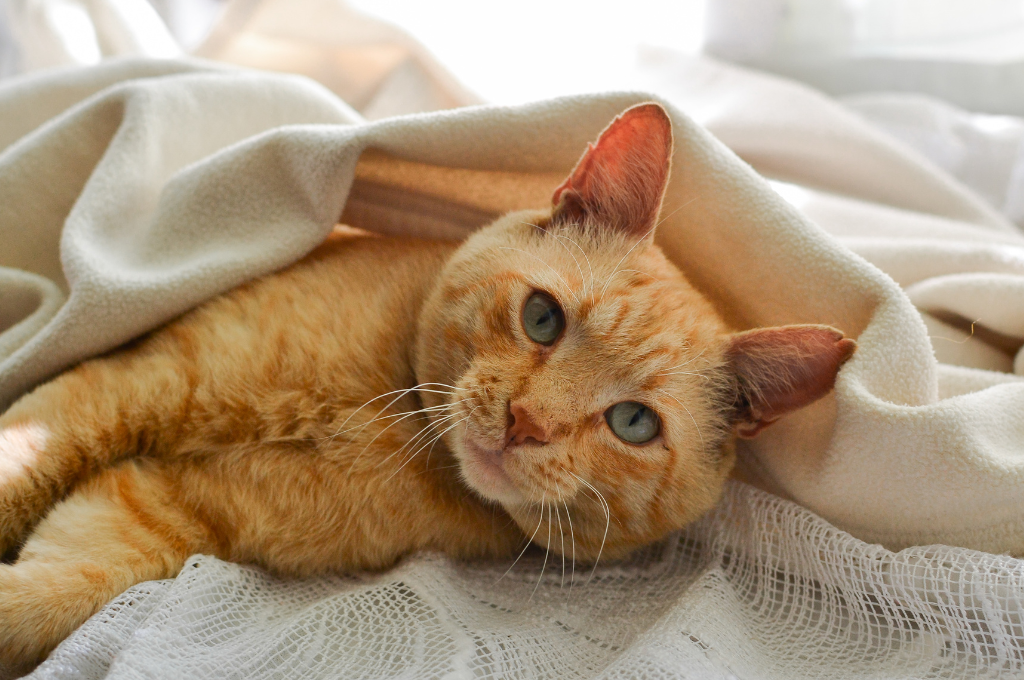
Dog owners can provide crate training to dogs in order to tackle their rough and unwanted behavior. The crate offers a comforting and safe place for dogs to stay while you are away for work or are sleeping. Usually, crate training is associated with puppies, but crate training an older dog is equally advantageous.
Crate training an adult dog becomes necessary if you skipped the tracking while he was young or you have adopted an adult dog without crate training. Crate training an adult dog can be challenging compared to puppies. However, do not worry as we are going to provide you with all the necessary tips and ideas on how to crate train an old dog.
Top Reasons Why You Should Crate Train an Older Dog
Some dog parents may be itchy about the idea of keeping their dog in a crate while others take it in a positive light. You need not worry as there are no harmful effects of keeping your dog in a crate for some time. Here are various reasons as to why crate training an older dog is beneficial:
- Trips to a veterinarian become easy and comforting. Due to medical conditions, it may not be possible to walk your dog to the veterinarian and here crates become useful.
- Using a crate while you are traveling on a train or any public transportation becomes easy and safe both for the dog and strangers.
- A crate also provides a semblance of mental calmness to dogs. It helps in tackling anxiety attacks.
- If your dog has any external injury or suffering from an illness which requires restricted movements, a crate is the answer for that.
- During any emergency or natural disaster, keeping your dogs in crates is important for their safety and security.
In case of any emergency, a dog is more secure in a crate than if he is let loose. As a pet parent, you may feel uncomfortable with the crate training but remember it is for your dog’s own good. Hence, it becomes absolutely essential that you develop a proper understanding of how to crate train an older dog.
What Are the Challenges in Crate Training an Older Dog?
It is a misconception that it is impossible to train an adult dog in new tricks. Although it may not be as easy as training a puppy, it certainly isn’t an impossible task. Crate training a puppy can be easy because for them every trick or habit is something new and exciting and they are not attached to any routine. On the other hand, when it comes to older dogs they have old routines and habits. Before they can learn new habits and routines, they must unlearn older habits.
This unlearning of old habits is the major challenging portion of crate training a dog. As a dog parent, you need to be completely patient and deal with the situation calmly. Although, there will be obstacles during the initial period but eventually your furry family member will get accustomed to new crate training. In fact, there are some old dogs which may find the cozy crate a perfect place to take a nap especially when there is a holiday party or some loud kids come to your place.

What Are the Benefits of Crate Training an Older Dog?
The benefits of crate training an adult dog are as follows:
Housetraining:
A proper crate training can be quite useful for your dogs as it helps in reducing potty accidents. Maybe the adult dog that you adopted may not have had potty training when he was young. When they are inside the crate they will learn to hold on to it as they have an extra encouragement not to soil their comforting space inside the crate.
Vet or Grooming Visits:
Almost all veterinarians and groomers will create your furry family member before and after the caring services. Proper crate training for older dogs will make them less anxious and feel more comfortable during the visits.
Making Dogs Calmer in House:
Your house may not have the same serene and semblance atmosphere every time. There may be renovation works, house parties, Halloween events, etc and it can stress out your dog. Crate training for anxious dogs will calm them down and help them with a sound sleep.
All these points make it pretty essential for you to understand every detail of how to crate train an older dog as it will make them feel more comfortable.
Step by Step Instructions on How to Crate Train Your Dogs
You can crate-train adult dogs with minimum fuss if you follow the following steps:
Step 1: Choose a proper crate location
Selection of a suitable crate location is the first step. The crate’s location should be away from the hustle and bustle but it should also not be far away from the house. The most ideal crate location is a quiet place in the common area like the living room.
Step 2: Generate interest in your dog
Once you have selected the best place to put your crate, the next step is to generate interest in your adult dog towards that new thing. You can lure your dog into the crate by putting his favorite delicacies inside the crate. Initially, you should not lock the door of the crate and allow your dog to move in and out freely/ Continue this for a week so that your dog doesn’t feel scared of the crate.
Step 3: Allow the dog to explore inside the crate
Once you have generated interest in the dog about the crate, the next step is to give him freedom to move in and out of the crate. While he is in the crate, do not close the door and allow him to move out if he wishes. Shut the door when your dog comes outside. Continue repeating this habit till he becomes eager to enter the crate.
Step 4: Move the door
Put the dog treats inside the crate and allow your dog to enter the crate. Once he enters, move the door slowly in either direction. However, do not lock the door while he is inside. Keep moving the door until your pup is relaxed about it. Allow him to move out if he wants to. When they get out, you can shut the crate door.
Step 5: Shut Crate Door
The next step is to move towards the point of shutting the crate door. Start moving the door a quarter and see the reaction of your dog. If your dog is relaxed, move to the next step. Check your dog’s reaction and if he is still relaxed you can shut the door. During this exercise, you should allow your dog to exit if he wishes.
Step 6: Lock the door
Now when your dog is comfortable with setting the door, the next step is to make him ready for locking the door. Lock the door for a minute or two and see his reaction. Keep repeating this until your dog is completely comfortable with staying locked inside the crate.
Step 7: Move away from the crate
In all the above steps you would remain right in front of your dog. However, in the 7th step, you will slowly move away from the crate for a few minutes and increase the duration if your dog feels comfortable. You must set him free if your dog is feeling anxious about you moving out of his sight.
Step 8: Try for longer stays inside the crate
The last step involves the need to keep your dog inside the crate for a longer duration. You can try going to nearby parks or markets for 20-30 minutes and leave him locked inside the crate. You can also use pet cameras to monitor their behavior when you are not home.
As a responsible pet owner, you should know that the duration of this process will be different for every dog. Some dogs will start remaining inside the crate quickly while some will take time. It is important that you remain patient during this process and make your adult dog feel relaxed and comfortable about this process.
Conclusion
This article provides you with all the details about how to create and train an older dog. The process of crate training can be quite challenging given adult dogs tend to resist the development of new habits. You must take care that crate training is to provide mental peace and calmness to your pets and if they become restless and anxious you should stop this process until they feel better.
Frequently Asked Questions
What should you do if crate training proves ineffective for your dog?
If your dog isn't responding well to crate training, consider adjusting the potty break schedule, avoiding prolonged crate confinement, and refraining from using the crate as a form of punishment.
What items are necessary for crate training?
To effectively crate train your dog, you'll need an appropriately sized crate, enticing treats, a comfortable crate mat, and interactive toys to keep your dog engaged while inside the crate.
How can you crate train older dogs experiencing separation anxiety?
Crate training older dogs with separation anxiety requires patience. Establish a consistent routine, choose an appealing crate, entice them with their favorite items, and maintain a balance between firmness and understanding their emotions.
Reference links:
- https://be.chewy.com/crate-training-an-older-dog-follow-these-pro-training-tips/
- https://kristenlevine.com/how-to-crate-train-older-anxious-dog/3
- https://www.rover.com/blog/how-to-crate-train-an-adult-dog/
- https://www.thesprucepets.com/how-to-crate-train-an-older-dog-6824901
- https://www.hillspet.com/dog-care/training/crate-training-an-older-dog?lightboxfired=true
Similar Articles
Latest Review on Woof Blankets
To have such a masterpiece by my side every day is a gift for me and my memories with Rex. Thank you WoofBlankets for such an opportunity to recreate his image on a blanket.Lara o’ Miguel US, California

COLLECTION WORTH EVERY PENNY
BEST SELLERS
-
4th of July Custom Pet Blanket
![4th of July Custom Pet Blanket Online]()
- NEW
- -39%
BlanketsSHOP NOW- Regular price
- from $69.95
- Sale price
- from $69.95
- Regular price
-
$114.95 - Unit price
- per
Sold out -
Woofy Single Color Custom Pet Blanket
![Woofy Single Custom Pet Blanket – Woof Blanket]()
- -41%
BlanketsSHOP NOW- Regular price
- from $64.95
- Sale price
- from $64.95
- Regular price
-
$109.95 - Unit price
- per
Sold out -
Summer Time Custom Pet Blanket
![Summer Time Custom Pet Blanket]()
- -39%
BlanketsSHOP NOW- Regular price
- from $69.95
- Sale price
- from $69.95
- Regular price
-
$114.95 - Unit price
- per
Sold out -
The Admiral - Custom Pet Portrait
![The Admiral - Custom Pet Portrait Online]()
- NEW
- -25%
CanvasSHOP NOW- Regular price
- from $59.95
- Sale price
- from $59.95
- Regular price
-
$79.95 - Unit price
- per
Sold out -
Wings of Loyalty - Custom Pet Portrait
![]()
- NEW
CanvasSHOP NOW- Regular price
- from $59.95
- Sale price
- from $59.95
- Regular price
-
- Unit price
- per
Sold out -
Celestial Paws - Custom Pet Portrait
![]() CanvasSHOP NOW
CanvasSHOP NOW- Regular price
- from $59.95
- Sale price
- from $59.95
- Regular price
-
- Unit price
- per
Sold out -
Woof Splash Custom Pet Blanket
![Woof Splash Custom Pet Blanket]()
- -39%
BlanketsSHOP NOW- Regular price
- from $69.95
- Sale price
- from $69.95
- Regular price
-
$114.95 - Unit price
- per
Sold out -
The Loyal Soul - Custom Pet Portrait
![]()
- NEW
SHOP NOW- Regular price
- from $59.95
- Sale price
- from $59.95
- Regular price
-
- Unit price
- per
Sold out -
Modern Pet Portraits
![Cute Dog Modern Pet Portraits Online]()
- NEW
- -36%
CanvasSHOP NOW- Regular price
- from $59.95
- Sale price
- from $59.95
- Regular price
-
$93.95 - Unit price
- per
Sold out -
Cartoonized Pet Portraits (New)
![Cartoonized Pet Custom Portraits Online]()
- -36%
SHOP NOW- Regular price
- from $59.95
- Sale price
- from $59.95
- Regular price
-
$93.95 - Unit price
- per
Sold out -
Pet Memorial Custom Photo Collage Blanket
![Personalized pet memorial quilt with photos]()
- -41%
BlanketsSHOP NOW- Regular price
- from $64.95
- Sale price
- from $64.95
- Regular price
-
$109.95 - Unit price
- per
Sold out -
The French Sailor - Custom Pet Portrait
![]()
- -25%
CanvasSHOP NOW- Regular price
- from $59.95
- Sale price
- from $59.95
- Regular price
-
$79.95 - Unit price
- per
Sold out -
The Policeman - Custom Pet Portrait
![]()
- NEW
- -25%
CanvasSHOP NOW- Regular price
- from $59.95
- Sale price
- from $59.95
- Regular price
-
$79.95 - Unit price
- per
Sold out -
The General - Custom Pet Portrait
![]()
- NEW
- -25%
CanvasSHOP NOW- Regular price
- from $59.95
- Sale price
- from $59.95
- Regular price
-
$79.95 - Unit price
- per
Sold out -
Woof Love Custom Pet Blanket
![Woof Love Custom Pet Blanket]()
- -39%
BlanketsSHOP NOW- Regular price
- from $69.95
- Sale price
- from $69.95
- Regular price
-
$114.95 - Unit price
- per
Sold out -
The Ambassador - Custom Pet Portrait
![The Ambassador - Custom Pet Portrait Online]()
- NEW
- -25%
CanvasSHOP NOW- Regular price
- from $59.95
- Sale price
- from $59.95
- Regular price
-
$79.95 - Unit price
- per
Sold out -
Fall In Love Custom Pet Blanket
![Fall In Love Custom Dog Blanket]()
- NEW
- -39%
BlanketsSHOP NOW- Regular price
- from $69.95
- Sale price
- from $69.95
- Regular price
-
$114.95 - Unit price
- per
Sold out -
The Classy Lady - Custom Pet Portrait
![The Classy Lady]()
- NEW
- -25%
CanvasSHOP NOW- Regular price
- from $59.95
- Sale price
- from $59.95
- Regular price
-
$79.95 - Unit price
- per
Sold out -
The Duke - Custom Pet Portrait
![The Duke - Custom Pet Portrait]()
- NEW
- -25%
CanvasSHOP NOW- Regular price
- from $59.95
- Sale price
- from $59.95
- Regular price
-
$79.95 - Unit price
- per
Sold out -
Dog In Suit- Custom Pet Portrait
![Dash Dog In Suit- Custom Pet Portrait Online]()
- NEW
- -25%
CanvasSHOP NOW- Regular price
- from $59.95
- Sale price
- from $59.95
- Regular price
-
$79.95 - Unit price
- per
Sold out -
The Princess - Custom Pet Portrait
![]()
- NEW
- -25%
CanvasSHOP NOW- Regular price
- from $59.95
- Sale price
- from $59.95
- Regular price
-
$79.95 - Unit price
- per
Sold out -
Modern Pet Portrait with One Mug
![Modern Pet Portrait with One Mug]()
- -25%
Print MaterialSHOP NOW- Regular price
- from $99.95
- Sale price
- from $99.95
- Regular price
-
$133.95 - Unit price
- per
Sold out -
The Aristocrat - Custom Pet Portrait
![The Aristocrat - Custom Pet Portrait At Best Price]()
- NEW
- -25%
CanvasSHOP NOW- Regular price
- from $59.95
- Sale price
- from $59.95
- Regular price
-
$79.95 - Unit price
- per
Sold out -
Single Color Custom Blanket with 1 Mug
![Single Color Custom Blanket with 1 Mug]() BlanketsSHOP NOW
BlanketsSHOP NOW- Regular price
- from $99.95
- Sale price
- from $99.95
- Regular price
-
- Unit price
- per
Sold out -
Single Color Custom Blanket with 2 Pillows
![Single Color Custom Pet Blanket with 2 Pillows]()
- -21%
BlanketsSHOP NOW- Regular price
- from $99.95
- Sale price
- from $99.95
- Regular price
-
$125.95 - Unit price
- per
Sold out -
The Dog in Suit Custom Pet Mug
![]()
- -20%
MugsSHOP NOW- Regular price
- $39.95
- Sale price
- $39.95
- Regular price
-
$49.95 - Unit price
- per
Sold out -
Angel Custom Pet Mug
![]()
- -20%
MugsSHOP NOW- Regular price
- $39.95
- Sale price
- $39.95
- Regular price
-
$49.95 - Unit price
- per
Sold out -
This Human Belongs To - Custom Pet Mug
![]()
- NEW
- -20%
MugsSHOP NOW- Regular price
- $39.95
- Sale price
- $39.95
- Regular price
-
$49.95 - Unit price
- per
Sold out -
It's Not Dog Hair Custom Pet Mug
![]()
- NEW
- -20%
MugsSHOP NOW- Regular price
- $39.95
- Sale price
- $39.95
- Regular price
-
$49.95 - Unit price
- per
Sold out -
My Dog Is My Valentine Custom Pet Mug
![]()
- NEW
- -20%
MugsSHOP NOW- Regular price
- $39.95
- Sale price
- $39.95
- Regular price
-
$49.95 - Unit price
- per
Sold out -
3 Photos With Message Custom Pet Mug
![]()
- NEW
- -20%
MugsSHOP NOW- Regular price
- $39.95
- Sale price
- $39.95
- Regular price
-
$49.95 - Unit price
- per
Sold out -
My Valentine Has Four Legs- Personalized Mugs
![]()
- NEW
- -20%
MugsSHOP NOW- Regular price
- $39.95
- Sale price
- $39.95
- Regular price
-
$49.95 - Unit price
- per
Sold out -
Dog Mamma Custom Pet Coffee Mug
![]()
- -20%
MugsSHOP NOW- Regular price
- $39.95
- Sale price
- $39.95
- Regular price
-
$49.95 - Unit price
- per
Sold out -
Uncle Sam - Custom Pet Portrait
![]()
- NEW
- -25%
CanvasSHOP NOW- Regular price
- from $59.95
- Sale price
- from $59.95
- Regular price
-
$79.95 - Unit price
- per
Sold out -
The Revolutionary Emperor - Custom Pet Portrait
![]()
- NEW
- -25%
CanvasSHOP NOW- Regular price
- from $59.95
- Sale price
- from $59.95
- Regular price
-
$79.95 - Unit price
- per
Sold out -
The Princess Paws - Custom Pet Portrait
![]()
- -25%
CanvasSHOP NOW- Regular price
- from $59.95
- Sale price
- from $59.95
- Regular price
-
$79.95 - Unit price
- per
Sold out -
Exclusive Custom Pet Blanket
![Exclusive Custom Pet Blanket]()
- -39%
BlanketsSHOP NOW- Regular price
- from $69.95
- Sale price
- from $69.95
- Regular price
-
$114.95 - Unit price
- per
Sold out -
The Dark Crusader Knight - Custom Pet Portrait
![]()
- -25%
CanvasSHOP NOW- Regular price
- from $59.95
- Sale price
- from $59.95
- Regular price
-
$79.95 - Unit price
- per
Sold out

